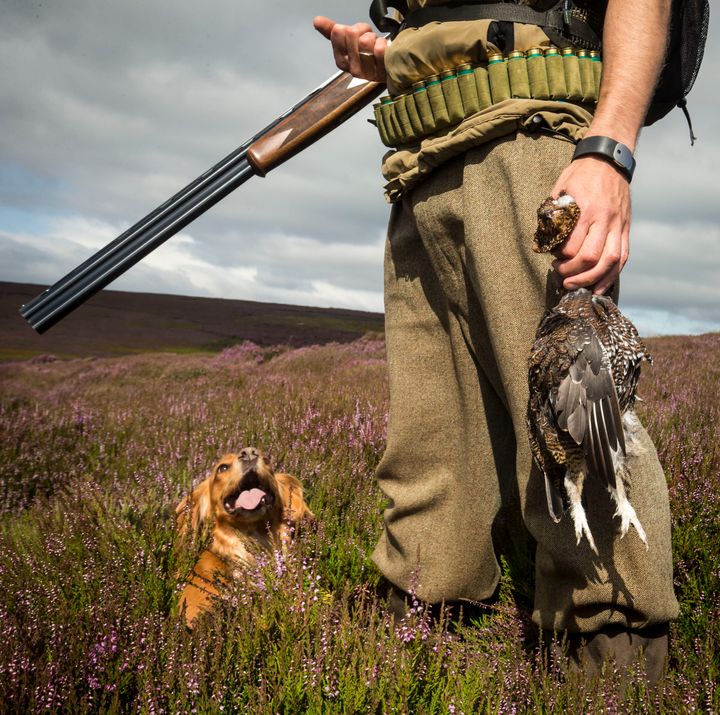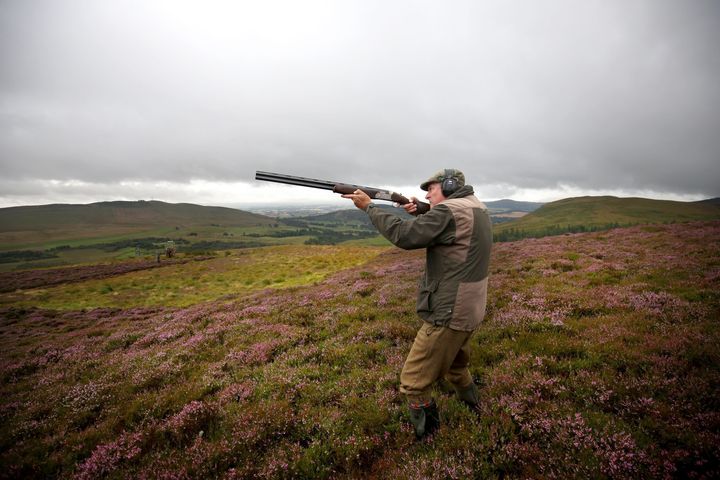Grouse moor estates received millions of pounds in subsidies last year, according to analysis which comes amid a debate over the future of farming payments after Brexit.
As the sector gears up for the “Glorious 12th” - the start of the grouse shooting season - an assessment of EU farming payments reveals 30 major estates in England received a total of £4.5 million in 2016, up from £4 million two years earlier, the Press Association reported.
Friends of the Earth, which produced the analysis, criticised the government for handing out increasing amounts of taxpayers’ money to wealthy landowners and offshore companies in support of an “environmentally-damaging sport”.

But moorland managers say they play an important role in looking after the countryside and rural communities, and that future subsidies could pay for measures such as restoring peat to store carbon and protecting declining bird numbers.
The Glorious 12th has also focused renewed attention on the decline of hen harriers, birds which prey on young grouse chicks.
Conservationists blame falling numbers on illegal persecution by gamekeepers to protect shooting revenues, but the sector insists it wants to work with wildlife organisations to save the hen harrier.
Environmental groups want the Government to reform current EU subsidies after Brexit, changing from a system that sees payments reflect the amount of land owned to payments reflecting the delivery of public services such as nature protection and flood prevention.
Commenting on the new figures, Friends of the Earth campaigner Guy Shrubsole, said: “Grouse moor management too often involves practices that are anything but glorious - worsening flooding by keeping uplands bare of trees and the illegal killing of hen harriers.
“Environment Secretary Michael Gove has promised to reform farm payments and force landowners to earn their money.
“He must stop propping up grouse moor estates and instead fund public goods, like tree-planting, restoring wildlife habitats and flood prevention.”
Jeff Knott, RSPB Head of Nature Policy, said hills and moors were home to precious wildlife, and could reduce flash flooding and lock up carbon emissions.
“Where moorland management has been intensified to deliver the maximum number of red grouse to be shot, the opportunities for delivering wider public benefits have been reduced,” he warned.
“We believe a fair set of rules are needed in the form of a licensing system to ensure the driven grouse industry delivers management to the highest standards for the multiple benefits of us all.”

The Moorland Association’s director Amanda Anderson said the organisation was fully supportive of public goods for public money.
“We think it is vitally important to keep people in the hills and rewarding those that can preserve and enhance the UK’s unique and treasured upland ecology, landscape and cultural heritage is key.”
Grouse moors were already taking action on controlling invasive bracken and restoring deep peat, while safeguarding populations of birds such as curlew and lapwing was crucial and protecting hen harriers was a priority, she said.
And Gary Doolan, spokesman for the British Association for Shooting and Conservation (BASC), said: “”The conservation, economic and social benefits of grouse shooting are significant.
“Heather moorland is rarer than rainforest – 75% is found in Britain because of grouse moor management and up to five times more threatened wading birds are supported on moors managed by gamekeepers.”
He also said grouse shooting was a “lifeline” for fragile rural economies, worth almost £100 million to the economy each year, providing the equivalent of 2,500 jobs and supporting local hotels, shops, garages and other businesses.
He said the prospects for this year’s season were mixed, with most moors in northern England seeing good numbers but a more varied picture for Scotland where late snow and early June downpours, as well as high tick numbers, affected broods in some areas.
